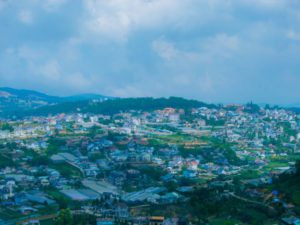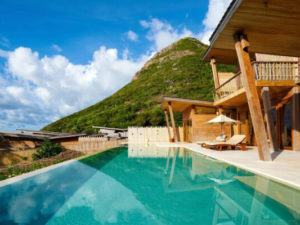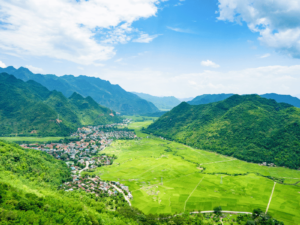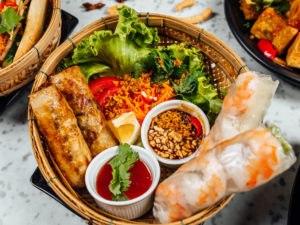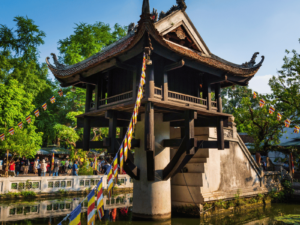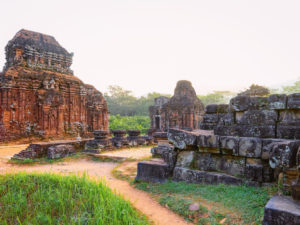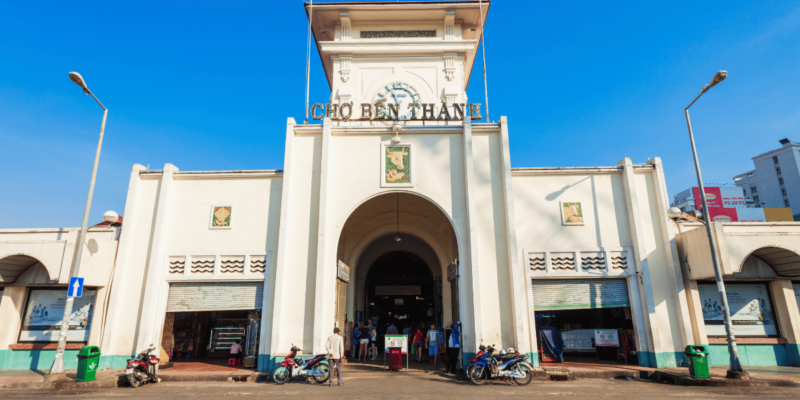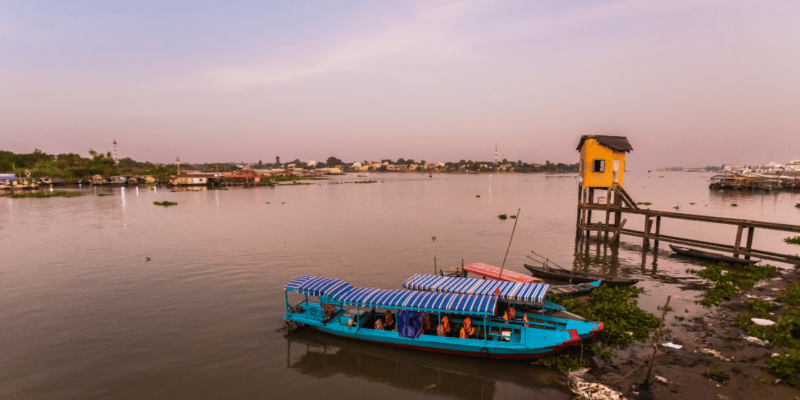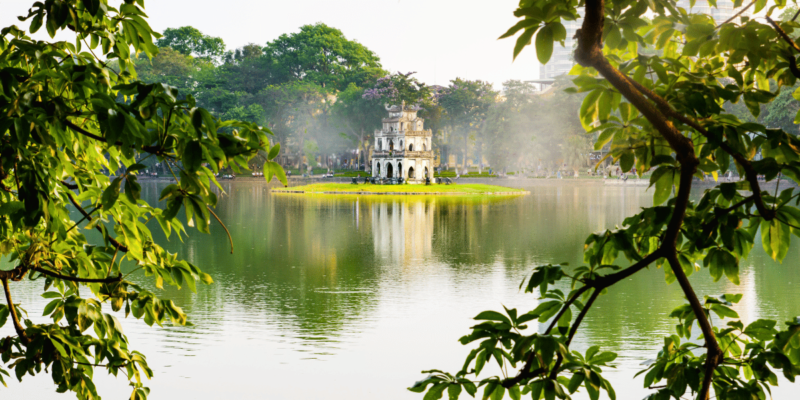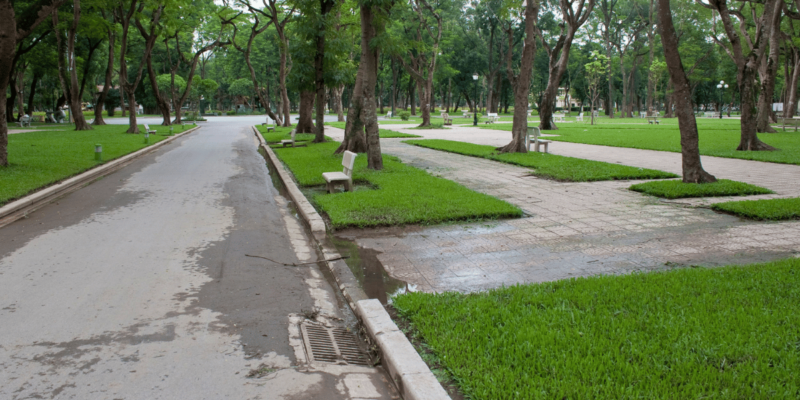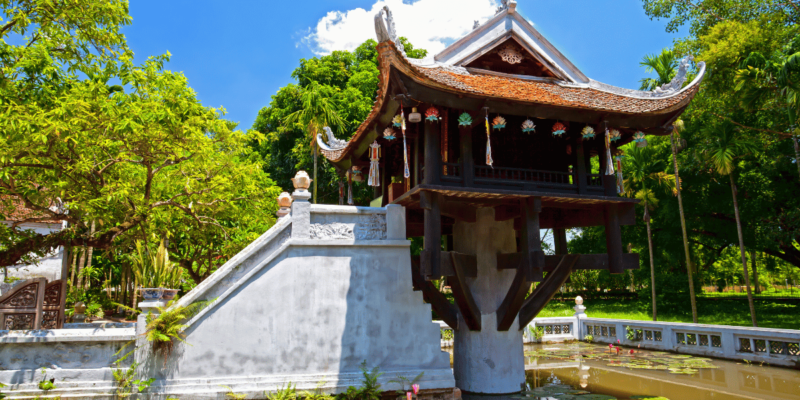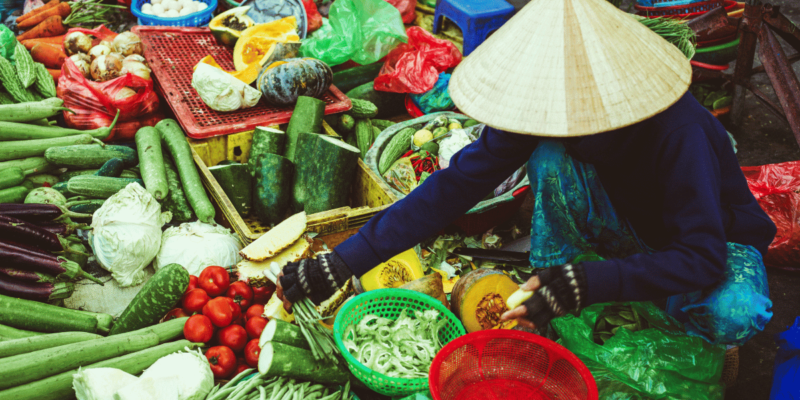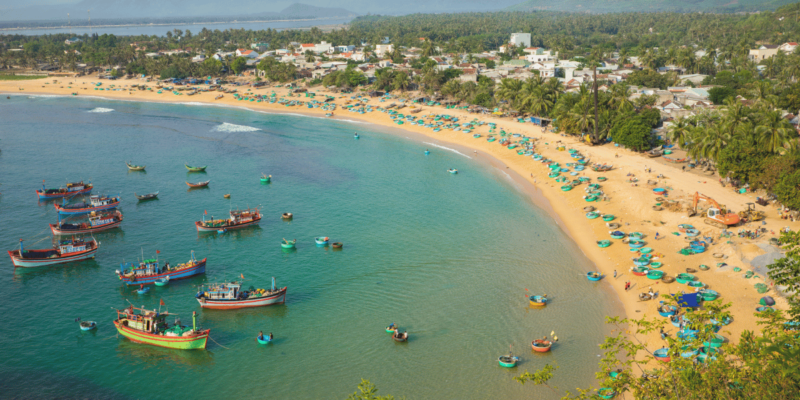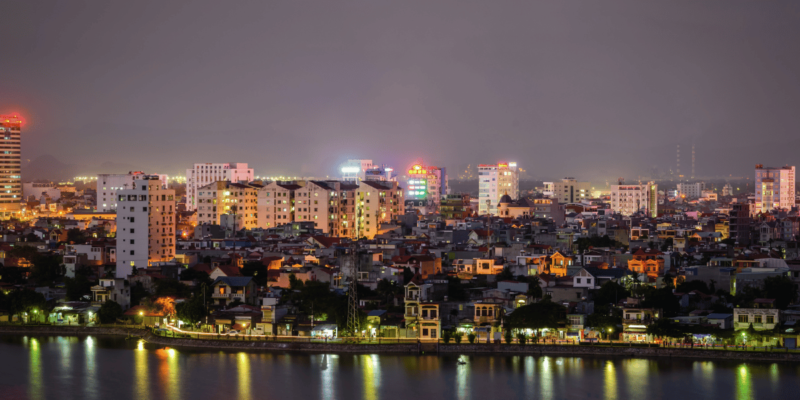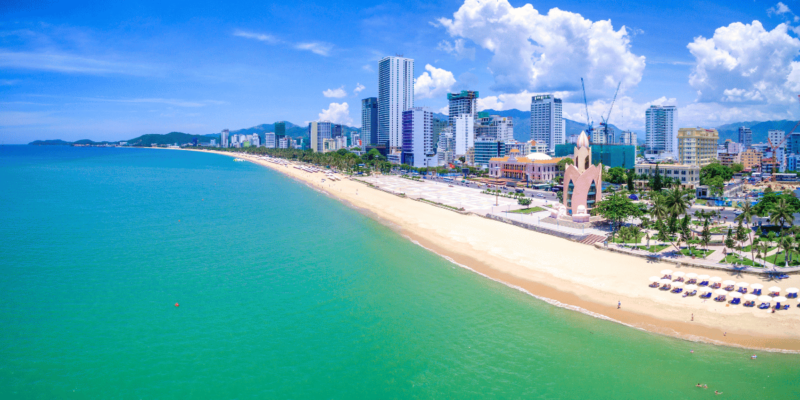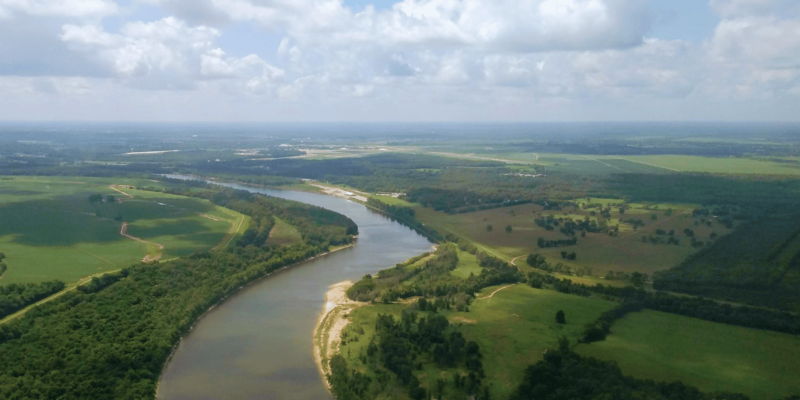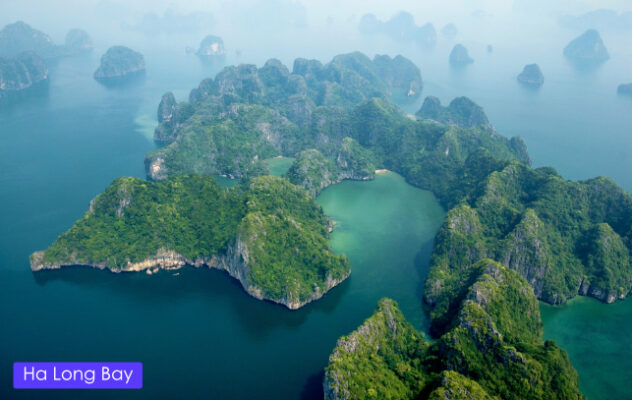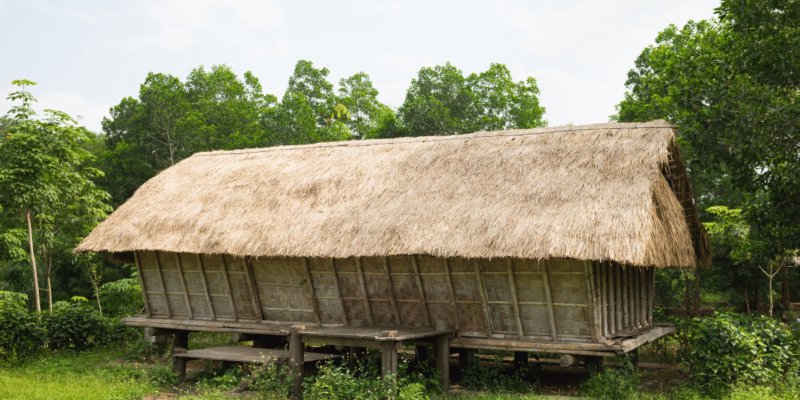Ho Chi Minh City: The Pulse of Progress in Vietnam
Ho Chi Minh City, a vibrant tapestry woven with threads of history, culture, and relentless modernity, stands as the epitome of Vietnam’s dynamic progression from a quaint fishing village named Prei Nokor to a sprawling urban giant. Known colloquially as Saigon, this metropolis encapsulates the spirit of Vietnamese ambition and resilience, making it a central figure in both the historical and contemporary narratives of the nation.
Historical Roots and Transformation Ho Chi Minh City’s journey began as Prei Nokor, an obscure Kh’mer settlement nestled in a maze of waterways, under the dominion of ancient empires such as Funan and Angkor. This locale, ripe with commercial potential, became a melting pot of cultures as it transitioned into a bustling port by the 17th century, attracting traders from across Asia.
With the decline of the Kingdom of Champa and the expansion of the Viet people, the area was rechristened Saigon and integrated into the Vietnamese empire under the Nguyen Dynasty. This era marked Saigon’s emergence as a fortified city, laying foundational stones for its future growth.
Colonial Imprints and War-time Sagas The colonial epoch under French dominion transformed Saigon into a chic urban center, mirroring Parisian style and sophistication. However, the city’s allure was later marred by the turbulence of the Vietnam War, during which Saigon was a hotbed of military and political upheavals, notorious for its nightlife and a booming black market fueled by the presence of American GIs.
Post-war, the city was renamed Ho Chi Minh City, in honor of the revolutionary leader. This new chapter was characterized by significant reconstruction and rapid economic growth, propelling it into the forefront of Vietnam’s economic ambitions.
A Thriving Urban Ecosystem Today, Ho Chi Minh City is not just the largest city in Vietnam but also its most populous and economically vibrant. The cityscape is a striking contrast between the serene beauty of French colonial architecture and the soaring glass and steel of modern skyscrapers. Its streets are a perpetual hive of activity, offering an array of experiences from bustling markets like Ben Thanh to luxury shopping malls and vibrant nightlife.
Cultural Richness and Diversity Culturally, Ho Chi Minh City is a repository of diverse heritages, reflected in its extensive array of religious sites including the Notre-Dame Basilica of Saigon, and numerous pagodas and temples that dot the cityscape. The city’s museums, like the War Remnants Museum and the Museum of Vietnamese History, offer insights into its turbulent past and rich cultural tapestry.
Economic Hub and Gastronomic Delights As a powerhouse of commerce, Ho Chi Minh City dazzles with its entrepreneurial spirit. The streets are lined with vendors offering everything from local handicrafts to high-end electronics, showcasing the city’s economic diversity. The culinary scene is equally prolific, ranging from traditional Vietnamese street food to gourmet international cuisines, making it a paradise for food enthusiasts.
Conclusion Ho Chi Minh City is a complex, multifaceted metropolis that embodies the soul of Vietnam. It is a city that proudly bears the marks of its past, from colonial charm to war scars, while vigorously pursuing a future marked by innovation and growth. For visitors, Ho Chi Minh City offers a profound glimpse into the heart of a rapidly evolving Vietnam, where the past is cherished even as the future is fervently embraced. Whether through its historical monuments, bustling markets, or the warm hospitality of its people, Ho Chi Minh City remains a profound symbol of Vietnam’s endless potential.



